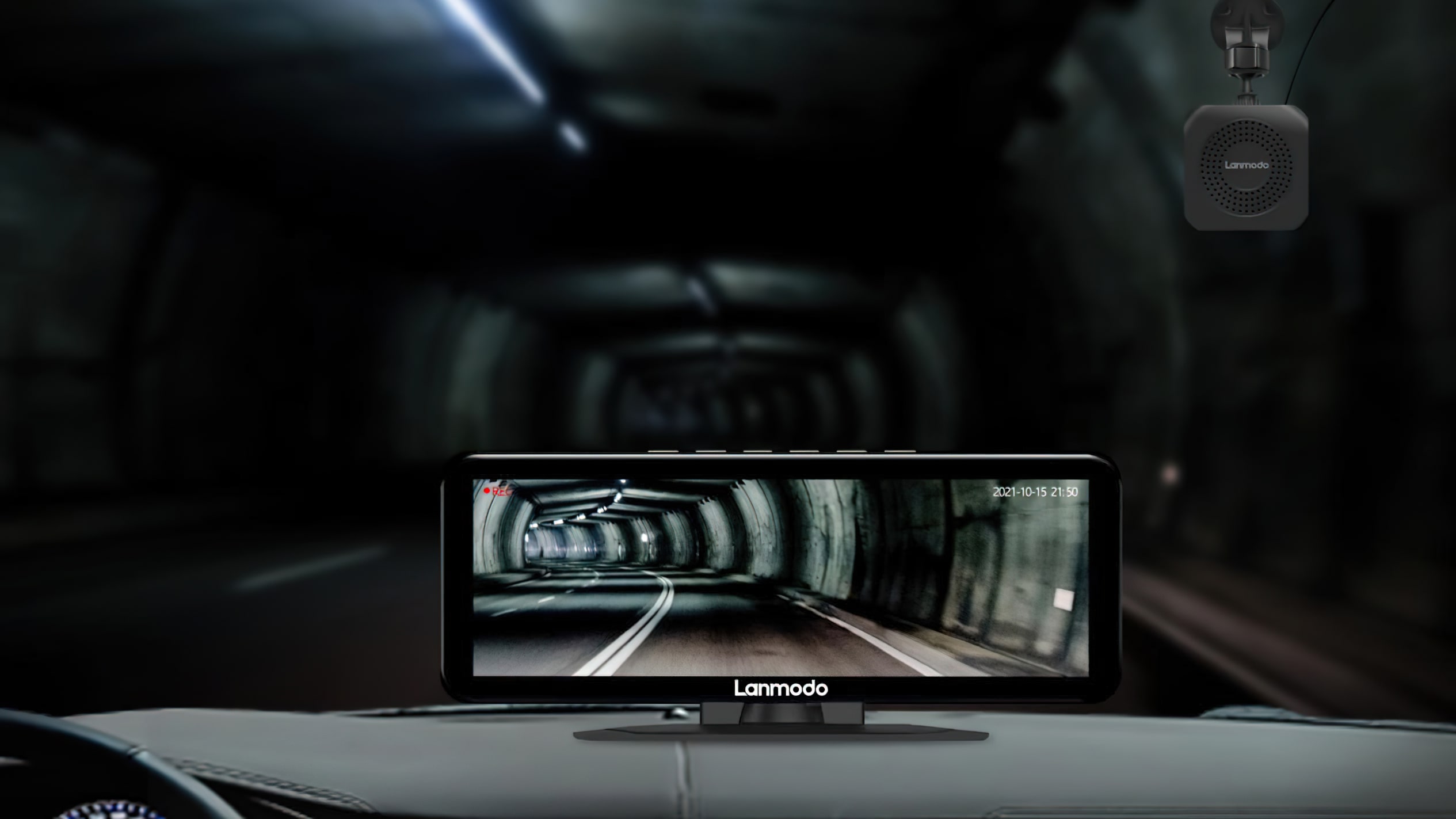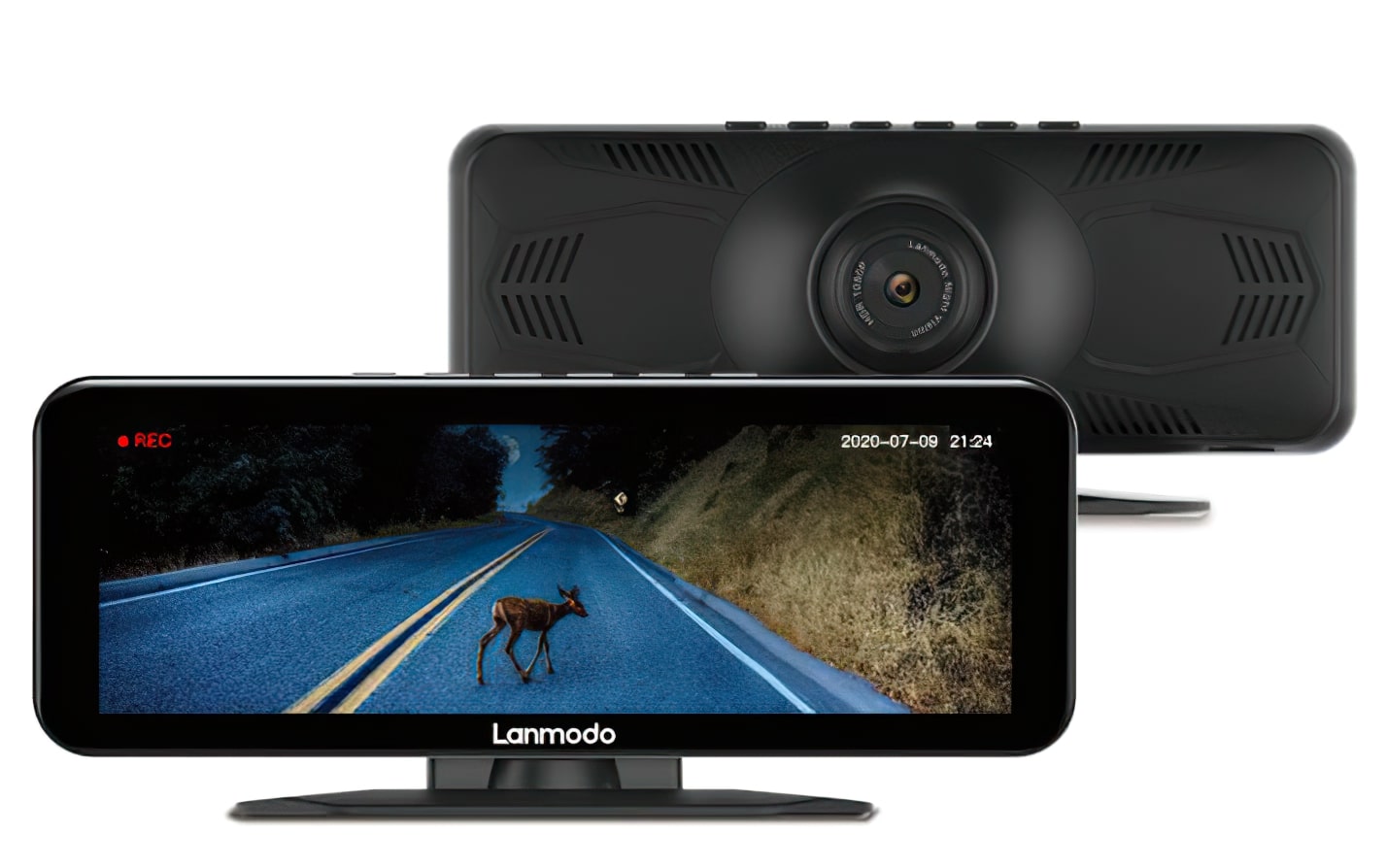
Super quick NVMe SSDs are nonetheless fairly dear in comparison with your normal SATA drives, however fortunately there’s a rising variety of finances NVMe SSDs which are beginning to carry these lighting quick learn and write speeds to the plenty. I’ve already examined the wonderful worth for cash WD Blue SN500 and Adata XPG SX6000 Pro, however now I’ve bought the Crucial P1 in for testing, which is only a smidge cheaper than the SN500, and can be obtainable in a handier 1TB dimension capability. Does it have what it takes to make it onto our best gaming SSD listing, although? Here’s wot I believe.
Available in 500GB and the aforementioned 1TB sizes, the Crucial P1 is just about neck and neck with its WD and Adata rivals in relation to total worth, as you’ll be able to see from the desk beneath (or not less than it’s within the UK). However, its superior random learn and write speeds make it a significantly better alternative for these after a bigger, however nonetheless vaguely inexpensive NVMe drive for storing your games on.
| SSD | UK worth (500GB): | US worth (500GB): | UK worth (1TB): | US worth (1TB): |
|---|---|---|---|---|
| Adata XPG SX6000 Pro | £61 | $78 | £119 | $150 |
| Crucial P1 | £64 | $67 | £99 | $96 |
| WD Blue SN500 | £66 | $65 | N/A | N/A |
For me, random speeds are way more vital than the sequential speeds you’ll see quoted on the field of an SSD, as they’re often a significantly better indicator of how a drive will carry out in each day desktop duties. After all, SSDs infrequently learn or write information in good, neat adjoining blocks, which is what sequential speeds measure. Instead, they scatter bits of information ‘randomly’ all around the store, which is why random velocity exams are the important thing factor to concentrate to.
In AS SSD’s 1GB random 4K take a look at, for instance, which reads and writes 1GB’s price of tiny 4K information throughout an SSD’s storage banks, the 500GB mannequin of the Crucial P1 I used to be despatched for assessment managed a random learn velocity of 55.4MB/s, and a random write velocity of 147.3MB/s. That’s a respective enhance of 25% and 12% over the WD’s 44.5MB/s learn and 131.3MB/s write speeds, placing it proper up there with our greatest NVMe SSD champ, the Samsung 970 Evo (whose 500GB mannequin nonetheless prices a whopping £95 / $90). That’s spectacular for an NVMe SSD that’s virtually a 3rd cheaper than the gaming SSD prime brass, and can little question really feel simply as nippy in each day use as its dearer rivals.
For gaming and every day desktop duties, then, the Crucial P1 has its finances rivals beat. However, there are some a few downsides to the Crucial P1, particularly in case your PC often offers with giant workloads once you’re not utilizing it for enjoying games. When I ran it by means of CrystalDiskMark’s extra intensive 1GB random 4K 8-thread-8-queue take a look at, for instance, the P1 solely managed a learn velocity of 363.1MB/s, and a write velocity of 911.4MB/s. And sure, I ran the take a look at a second, and third, time, simply to verify it wasn’t a mistake, however alas, I bought comparable outcomes each time.
The former is especially poor, because the WD Blue SN500 managed simply over 1000MB/s in each instances, whereas the SX6000 Pro got here in with 1248MB/s learn and 922MB/s write. Indeed, a 360MB/s random learn velocity is extra what I’d count on from a conventional SATA drive in this sort of take a look at (Crucial’s personal MX500 SSD managed 398MB/s, the truth is), so it’s more likely to really feel loads much less nippy in the event you’re typically coping with a number of information.
The Crucial P1’s switch speeds left loads to be desired as nicely. For instance, after I ran AS SSD’s copy benchmark, which measures the switch charge of three completely different file varieties (ISO, packages and games), the P1 solely managed 779MB/s for the game a part of the take a look at, which is considerably slower than some other NVMe SSD I’ve ever examined. That’s nonetheless round twice as quick as a SATA drive, fortunately, however once you’ve bought WD’s Blue SN500 managing 1454MB/s in the identical take a look at (and the SX6000 Pro round 1041MB/s), I believe the P1 will as soon as once more begin to really feel a bit sluggish once you’re coping with information which are a mixture of giant and small.
That places the Crucial P1 in a relatively difficult place. For on a regular basis duties, the £64 / $67 P1 is nearly actually the finances NVMe SSD to purchase out of the WD Blue SN500 and Adata XPG SX6000 Pro, however in the event you’re going to be utilizing it for transferring or transferring large information round fairly incessantly, then you definately’re in all probability higher off sticking with the 500GB WD Blue SN500.
For these after an affordable 1TB NVMe SSD, nevertheless, I reckon the £99 / $96 P1 nonetheless represents fairly good worth for cash, particularly when the WD isn’t obtainable on this dimension, and the Adata is a lot dearer. The P1 has its flaws, certain, however at this sort of worth, it’s by far one of many least expensive methods to benefit from what NVMe drives have to supply, and for probably the most half it’s nonetheless significantly quicker than what you’d get on a typical SATA drive. Its endurance ranking isn’t as excessive as different drives (coming in at simply 100TB written for the 500GB mannequin and 200TB written for the 1TB drive), however you continue to get a 5 yr guarantee with it, plus these wonderful small file learn and write speeds. The P1 might not be utterly excellent, however at this worth, it’s nicely price contemplating for these on a finances.




